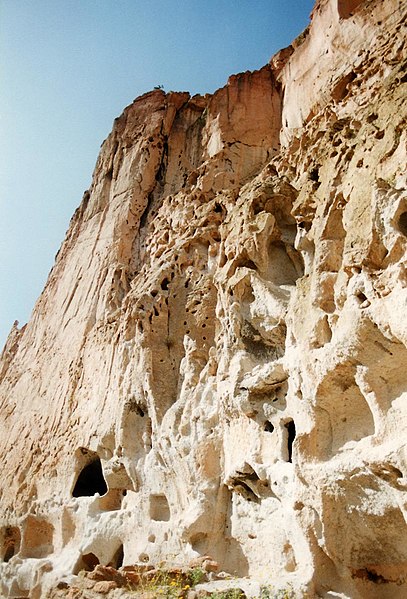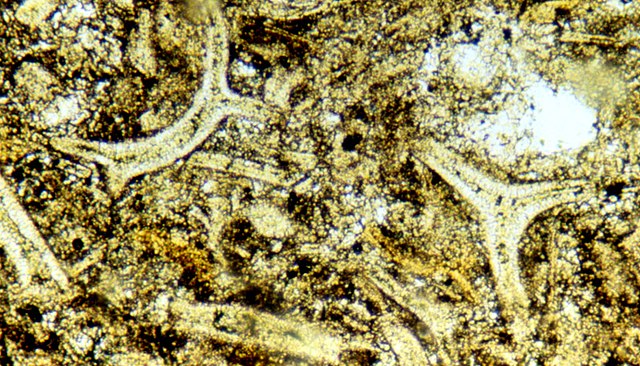Rano Raraku is a volcanic crater formed of consolidated volcanic ash, or tuff, and located on the lower slopes of Terevaka in the Rapa Nui National Park on Easter Island in Chile. It was a quarry for about 500 years until the early eighteenth century, and supplied the stone from which about 95% of the island's known monolithic sculptures (moai) were carved. Rano Raraku is a visual record of moai design vocabulary and technological innovation, where 887 moai remain. Rano Raraku is in the World Heritage Site of Rapa Nui National Park and gives its name to one of the seven sections of the park.
Outer slopes of Rano Raraku with many moai, some half-buried, some left still "under construction" near the mountain.
Panorama of Rano Raraku's crater lake
Rano Raraku seen from the south
An incomplete moai in quarry
Tuff is a type of rock made of volcanic ash ejected from a vent during a volcanic eruption. Following ejection and deposition, the ash is lithified into a solid rock. Rock that contains greater than 75% ash is considered tuff, while rock containing 25% to 75% ash is described as tuffaceous. Tuff composed of sandy volcanic material can be referred to as volcanic sandstone.
Cliff face of welded tuff pockmarked with holes — some natural, some man-made from Bandelier National Monument, New Mexico
Etruscan tuff blocks from a tomb at Banditaccia
A house constructed of tuff blocks in Germany
Light-microscope image of tuff as seen in thin section (long dimension is several mm): The curved shapes of altered glass shards (ash fragments) are well preserved, although the glass is partly altered. The shapes were formed about bubbles of expanding, water-rich gas.








